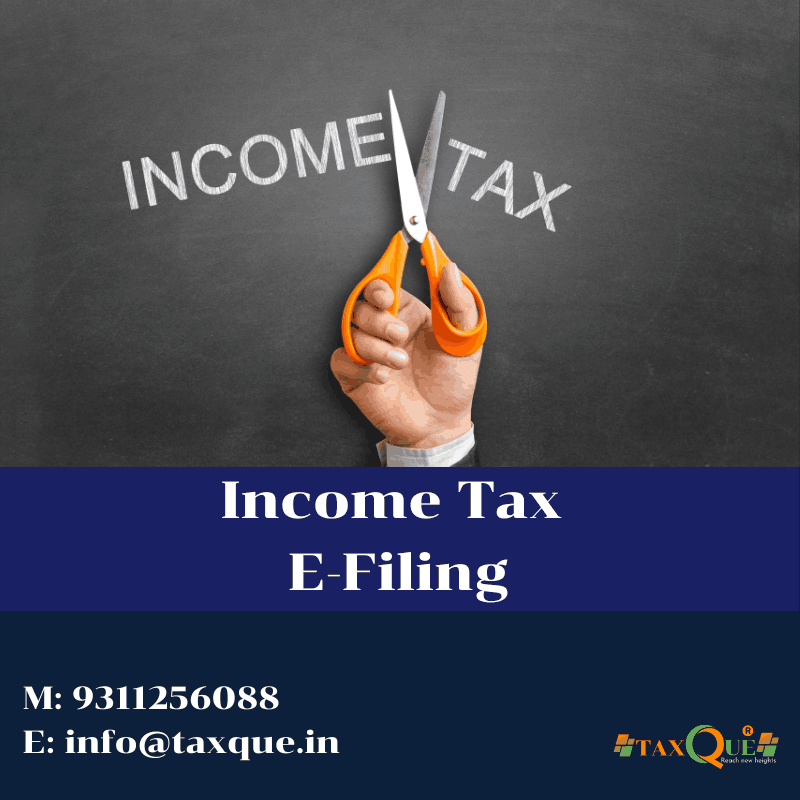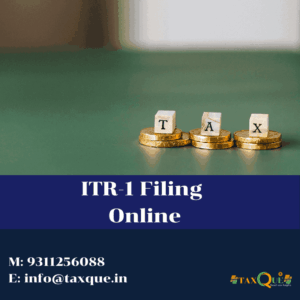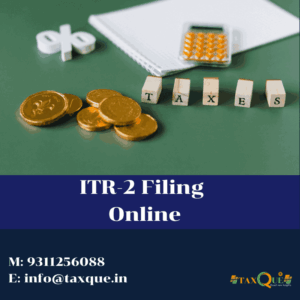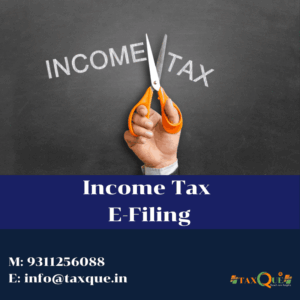Who Should Use Income Tax e-Filing?
Individuals: Salaried employees, pensioners, freelancers, and those with multiple income sources.
HUFs (Hindu Undivided Families): With income from salary, house property, capital gains, or other sources.
Businesses and Professionals: Proprietors, consultants, and firms with business or professional income.
NRIs: Non-resident individuals with taxable income in the country.
Required Documents for Income Tax e-Filing
| Document Type | Details/Description |
|---|---|
| PAN Card | Self-attested copy |
| Aadhaar Card | Self-attested copy |
| Bank Account Details | Passbook or statement for all accounts |
| Form 16/16A/16B/16C | TDS certificates from employer, bank, or property sale |
| Form 26AS & AIS/TIS | Tax credit and Annual/Taxpayer Information Statement |
| Salary Slips | For salary income verification |
| Business/Professional Details | Turnover, gross receipts, profit & loss account, balance sheet |
| Investment Proofs | For deductions under Section 80C, 80D, 80G, etc. |
| Home Loan/Interest Certificates | If claiming deductions for home loan interest |
| Rent Receipts | If claiming HRA |
| Advance Tax/Challan Details | Proof of advance tax or self-assessment tax paid |
| Previous Year’s ITR | For reference and carry-forward of losses, if any |
| Other Income Proofs | Interest certificates, dividend statements, etc. |
| Foreign Asset/Income Details | If applicable, details of foreign assets, accounts, and income |
| Digital Signature (if applicable) | For audit cases or if opting for DSC-based filing |
Note: ITR forms are annexure-less. No documents are to be attached, but you must retain them for future reference or assessment.
Income Tax e-Filing Online: Step-by-Step Process
1. Collect and Organize Documents
Gather all required documents and proofs before starting the filing process.
2. Login to the Income Tax Portal
Use your PAN and password to log in. Register if you are a new user.
3. Select the Assessment Year and ITR Form
Choose the correct assessment year (e.g., AY 2025-26 for FY 2024-25). Select the appropriate ITR form based on your income sources.
4. Fill in Personal and Income Details
Enter personal information (auto-filled from profile; update if needed). Provide details of salary, house property, capital gains, business/profession, and other income.
5. Claim Deductions and Compute Tax
Enter eligible deductions (Sections 80C, 80D, 80G, etc.). Compute total tax liability and check for any tax payable or refund due.
6. Validate and Preview Return
Review all entries for accuracy. Preview the return before submission.
7. Submit and E-Verify
Submit the return online. E-verify using Aadhaar OTP, EVC (Electronic Verification Code), net banking, or by sending a signed ITR-V to CPC. E-verification is mandatory to complete the filing process.
Income Tax e-Filing Compliance Checklist
| Step/Requirement | Description |
|---|---|
| Eligibility Check | Confirm you meet all ITR eligibility criteria |
| Document Collection | Gather all required documents and proofs |
| Bank Account Pre-validation | Ensure at least one bank account is pre-validated for refunds |
| PAN-Aadhaar Linking | PAN must be linked with Aadhaar |
| Income and Deduction Details | Enter all sources of income and eligible deductions |
| Tax Payment Verification | Confirm all advance/self-assessment tax payments are reflected |
| Foreign Asset/Income Reporting | Disclose all foreign assets and income, if applicable |
| E-Verification | Complete e-verification within 30 days of filing |
| Deadline Compliance | File before the due date to avoid penalties |
Frequently Asked Questions (FAQs)
Who is required to file income tax returns online?
All individuals, HUFs, and businesses with taxable income above the exemption limit, or meeting other specified criteria, must file returns online.
What are the key documents required for e-filing?
PAN, Aadhaar, bank statements, Form 16/16A, Form 26AS, investment proofs, and other income documents.
What is the due date for income tax e-filing?
Generally, July 31st of the assessment year for individuals, unless extended by the government.
How do I e-verify my income tax return?
You can e-verify using Aadhaar OTP, EVC, net banking, or by sending a signed ITR-V to the CPC. E-verification is mandatory to complete the process.
What happens if I miss the filing deadline?
Late filing attracts a penalty and may result in loss of certain benefits like carry-forward of losses and interest on refunds.
Get Started
Contact us today for expert assistance in filing your income tax return accurately and on time. Experience a hassle-free, secure, and fully compliant e-filing process—so you can focus on your financial growth.
Let our professionals handle your income tax e-filing so you can stay compliant and stress-free.





Reviews
There are no reviews yet.